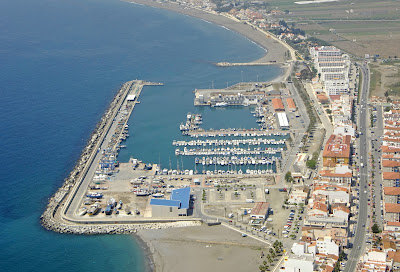I've been a bit slow in getting new posts to this blog of late, so this posting aims to bundle together some of my recent visits to my local patches this month.
Saturday 7 April 2018 - The British, Talywaun
Around this time of year I like to make the pilgrimage to The British hoping for a spring ring ouzel. To see these birds you need to be very lucky and my luck has been out for a number of years. However my best historic encounter was an autumn one when a number of leaving birds were brought down with a fall of winter thrushes.
As usual I started off early and was greeted by several singing willow warbler and chiffchaff. Three stock dove left a red brick engine house as I passed toward the Big Pond area. At Big Pond there was little to offer and certainly no ring ouzel. Attention drifted to some of the other natural features and in particular the impressive remnant beech trees that litter the ffridd landscape in the Gwent valleys. Moving between the trees I came across the characteristic hole of the minotaur dung beetle Typhaeus typhaeus fashioned in a pile of sheep droppings.
Saturday 14 April 2018 - Garn yr erw, Blaenafon
It was a very warm Saturday afternoon and Dine Steel Incline was populated by intermittent parties if rucksack carrying teenagers, possibly taking part in a Duke of Edinburgh award scheme activity. From a distance I could hear them howling, screaming and giggling as they transversed the particularly muddy lower stretches of this listed structure. My own encounter with a muddy feature was a seasonal pond that on closer examination appeared to support a healthy population of pedunculate water starwort Callitriche brutia. The pond that overlooks Canada Tips and the wider Usk Valley around Abergavenny was in fine condition reflecting the clear blue skies. A couple of wheatear chose to move between fence post and stone and a reed bunting could be heard in the distance.
Wednesday 18 April - Lasgarn Wood, Abersychan
This was a bit of a flying visit to the Lasgarn Wood clear fell. To get there you pass through some nice beech woodland, notable on this occasion by at least three vocal nuthatch. In the clear fell I was greeted by a single peacock butterfly closely followed by a small tortoiseshell. A number of willow warbler were in song along with a single tree pipit. A pile of stacked fire charred larch logs were slowly being colonised by, appropriately, fire moss.
Saturday 21 April - Waunafon Bog, Blaenafon
Another early Saturday morning visit this time for grasshopper warbler and was lucky to track down two reeling birds. Other notables include a male stonechat and a reed bunting. However the most unusual for the location was a male pheasant. There was an active green tiger beetle but the strangest occurrence was a group of cultivated daffodils growing from within an extensive area of purple moor grass.
Wednesday 26 April - Canada Tips, Blaenafon
It was blowing a gale and very cold so apart from a singing skylark birds were keeping low. I was pleased to be able to relocate both alpine and fir clubmoss.
